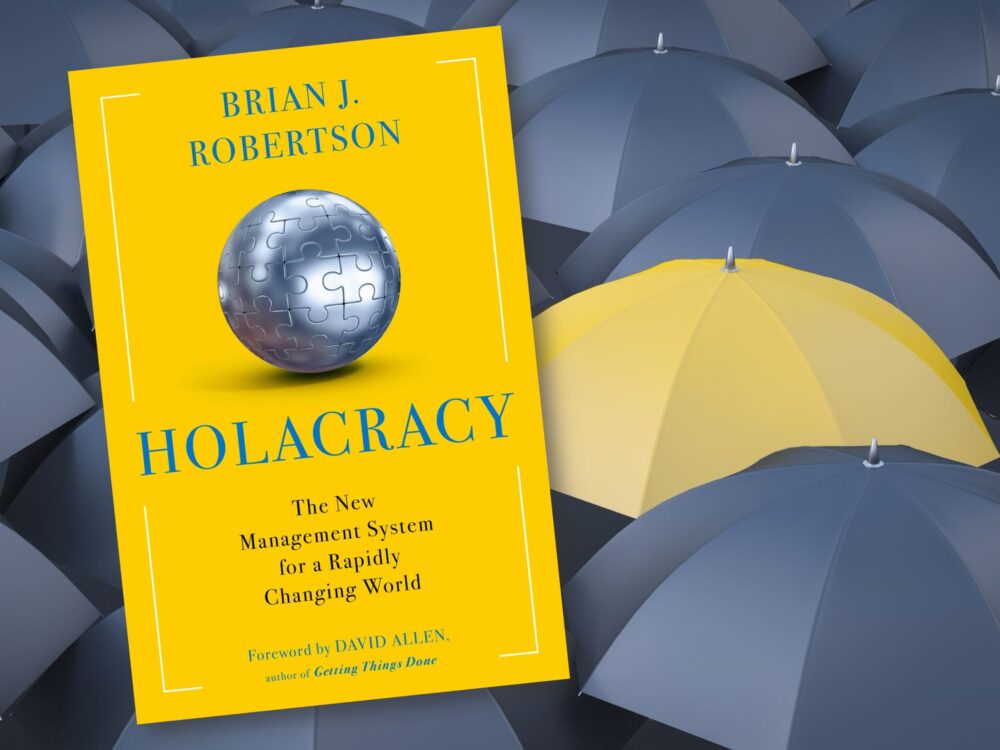Overview
“The Formula: The Universal Laws of Success” by Albert-László Barabási explores the scientific principles behind success. Barabási, a leading expert on network science, argues that success is not solely determined by individual talent or hard work, but rather by the collective recognition and support of one’s community. By analysing big data and historical case studies, he identifies five laws that govern success and offers insights on how to leverage these principles to achieve one’s goals.
Barabási uses his expertise in network science to demonstrate that success is not purely based on individual talent or effort, but is also deeply influenced by social networks and how one’s work is perceived by others. He draws on extensive data and historical examples to illustrate these laws, providing a new framework for understanding how success is achieved.
By examining the interplay between performance and recognition, the book highlights the importance of visibility, timing, and collective recognition. Barabási’s insights offer valuable guidance for anyone looking to maximise their potential and navigate the complex dynamics that contribute to success in various fields.
Synopsis
“The Formula: The Universal Laws of Success” by Albert-László Barabási is a comprehensive book consisting of several chapters and subchapters. The book is organised into five main laws that explain the principles behind success.
Introduction
- Success Isn’t About You. It’s About Us.: This chapter introduces the core idea that success is a collective measure, driven by how others perceive and acknowledge one’s performance.
- The Red Baron and the Forgotten Ace: This section uses historical examples to illustrate how recognition and visibility are critical components of success.
The First Law: Performance drives success, but when performance can’t be measured, networks drive success.
- Grand Slams and College Diplomas: This chapter explores how measurable performance metrics, like sports achievements or academic degrees, drive success.
- The $2 Million Urinal: Discusses scenarios where performance can’t be directly measured, highlighting the importance of social networks and connections in achieving success.
The Second Law: Performance is bounded, but success is unbounded.
- How Much Is a Bottle of Wine Worth?: Examines the subjective nature of value and how perceptions can inflate success beyond actual performance.
- Superstars and Power Laws: Explains the power law distribution, where a small number of individuals achieve disproportionate levels of success compared to the rest.
The Third Law: Previous success x fitness = future success.
- Exploding Kittens and Sock Puppets: Shows how initial success and inherent qualities (fitness) combine to predict future success.
- The Ear of the Beholder: Discusses the cumulative advantage, where early success attracts more opportunities, leading to further success.
The Fourth Law: While team success requires diversity and balance, a single individual will receive credit for the group’s achievements.
- Kind of Conventional, Kind of Innovative, Kind of Blue: Highlights the dynamics within teams, emphasising the need for a balance of diverse skills for success.
- The Algorithm That Found the Overlooked Scientist: Illustrates how individual recognition often overshadows collective team efforts, using examples from scientific research.
The Fifth Law: With persistence, success can come at any time.
- Einstein’s Error: Encourages persistence and continuous effort, showing that significant achievements can occur at any stage of one’s career.
Each law presented in the book offers a unique perspective on the multifaceted nature of success, backed by data and real-world examples.
Why you should read it?
“The Formula: The Universal Laws of Success” is a valuable read for the general public because it demystifies the concept of success and offers practical insights that can be applied in everyday life. By exploring real-world examples and big data, Albert-László Barabási presents success as a predictable and manageable outcome rather than a random event. This perspective is empowering for anyone looking to understand the dynamics that can drive their personal and professional achievements. The book’s accessible language and compelling narratives make complex scientific concepts understandable and engaging, encouraging readers to reflect on their own paths to success.
For a specialised audience, such as professionals in fields like business, science, and academia, the book provides a deeper, data-driven understanding of how success can be systematically achieved and replicated. Barabási’s network science approach offers valuable frameworks and models that can be applied to strategic decision-making and organisational development. Researchers and professionals will appreciate the rigorous analysis and evidence-based findings, which challenge conventional wisdom and offer fresh perspectives on performance, recognition, and influence. The book not only serves as a guide but also as a source of inspiration for innovating and achieving sustained success in specialised fields.
Critics and review
The book has been well-received by critics. The book delves into the scientific principles behind success, offering a fresh perspective on how achievements translate into success. Critics have praised its insightful analysis and the use of big data to uncover the hidden rules of success. The Financial Times described it as a “smart, readable account of the unexpected scientific principles that drive success,” highlighting its practical applications for personal and professional growth.
On book platforms, the reception has been positive. On Amazon, the book has a rating of 4.5 stars based on 538 ratings. Meanwhile, on Goodreads, it holds a rating of 4.17 stars from 2,463 ratings. The reviews on both platforms commend the book for its innovative approach and the valuable insights it provides into the mechanics of success.
Verdict
“The Formula: The Universal Laws of Success” by Albert-László Barabási is a compelling read that offers a unique and scientifically grounded perspective on what drives success. By distilling success into five universal laws, Barabási challenges traditional notions that success is purely the result of individual effort or talent. Instead, he highlights the importance of networks, recognition, and persistence. Whether you’re a professional seeking to understand the dynamics of success in your field or a general reader looking for insightful advice on how to navigate your own path, this book provides valuable, data-backed insights that can be applied across various aspects of life. It’s a thought-provoking and enlightening read that reshapes how we think about achievement and recognition.
About the author
Albert-László Barabási, born on March 30, 1967 in Romania, is a renowned physicist and network scientist of Romanian-Hungarian descent. His father, László Barabási, was a historian, museum director, and writer, while his mother, Katalin Keresztes, taught literature and later became the director of a children’s theatre. Growing up in an intellectually stimulating environment, Barabási attended a high school specialising in science and mathematics, winning a local physics olympiad in the tenth grade. However, before fully committing to a career in science, he had aspirations of becoming a sculptor, reflecting his creative and inquisitive nature.
Barabási has made significant contributions to network science, particularly in the discovery of scale-free networks. He is a Distinguished University Professor of Network Science at Northeastern University and holds appointments at Harvard Medical School and Central European University. Barabási’s research focuses on the structure and dynamics of complex systems, ranging from biological networks to social and technological networks. His influential books include “Linked: The New Science of Networks” (2002), “Bursts: The Hidden Pattern Behind Everything We Do” (2010), and “Network Science” (2016). He has received numerous awards and honours, such as the Gothenburg Lise Meitner Award (2024) and the Lilienfeld Prize (2023), for his groundbreaking work.
#BookReview #SuccessScience #AlbertLaszloBarabasi #TheFormula #MustReadBooks








